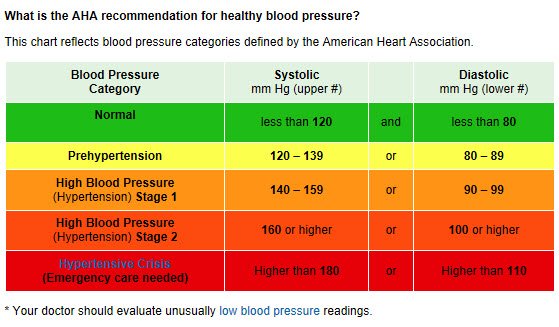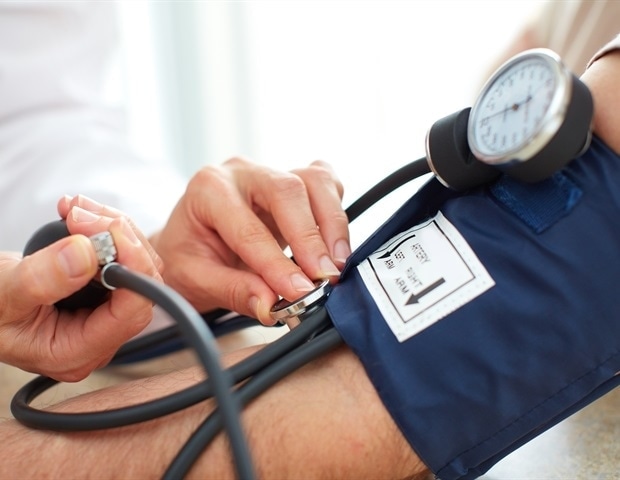

Hypertensive crisis: Systolic over 180 mm Hg and/or diastolic over 120 mm Hg, with patients requiring medication changes. Stage 2: Systolic at least 140 mm Hg or diastolic at least 90 mm Hg. Stage 1: Systolic between 130 and 139 mm Hg or diastolic between 80 and 89 mm Hg. It doesn’t mean you need medication, but it’s a yellow light that you need to be lowering your blood pressure, mainly with non-drug approaches.”Įlevated: Systolic between 120 and 129 mm Hg and diastolic less than 80 mm Hg. “We want to be straight with people-if you already have a doubling of risk, you need to know about it.

“You’ve already doubled your risk of cardiovascular complications compared to those with a normal level of blood pressure,” said lead author of the guidelines Paul K.

The authors said that the revised guidelines now account for the dangers associated with blood pressure levels between 130-139/80-89-mm HG, according to the release. Many individuals are unaware of the condition since it may not elicit symptoms. High blood pressure is responsible for a significant number of preventable heart disease- and stroke-related deaths. Blood pressure should be the average of 2 to 3 readings on 2 or more occasions, according to the guidelines. The AHA said that the guidelines also stress the importance of properly measuring blood pressure. The guidelines provide a needed update to the 2003 version and help address the condition earlier to prevent adverse events, according to the release.

However, the AHA reports that there will not be a significant uptick in patients treated with anti-hypertensive drugs under the new guidelines. The previous guidelines indicated that 1 in 3 Americans had high blood pressure, but the revisions suggest that nearly half of the population has the condition. The new guidelines suggest that high blood pressure should be treated earlier with lifestyle changes and medication at 130/80 mm Hg rather than 140/90 mm Hg, according to a press release. The American Heart Association (AHA) and the American College of Cardiology recently revised their current guidelines for high blood pressure.


 0 kommentar(er)
0 kommentar(er)
